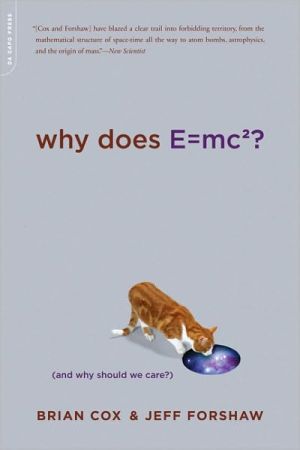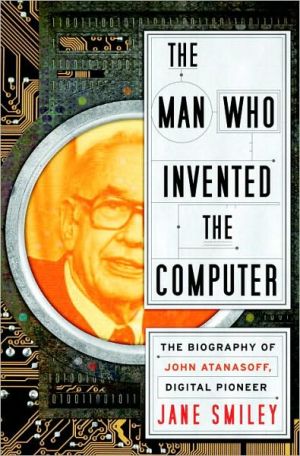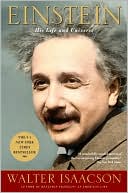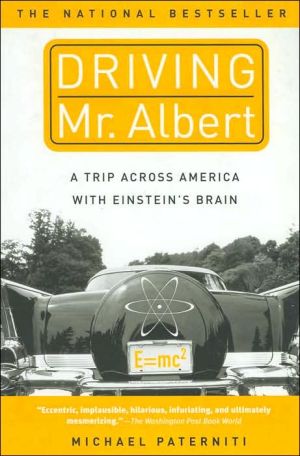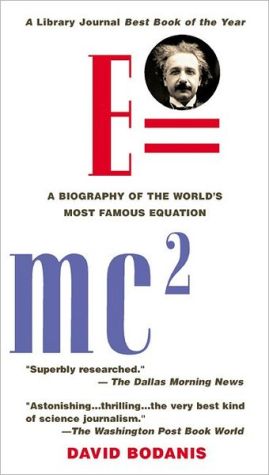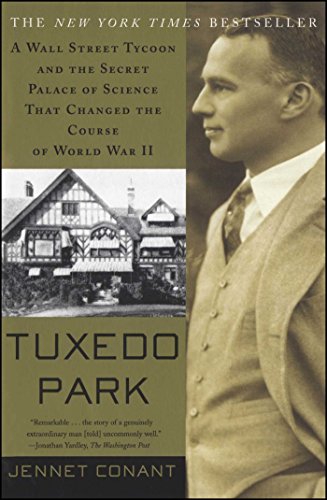Why Does E=mc2?: (And Why Should We Care?)
What does E=mc2 actually mean? Dr. Brian Cox and Professor Jeff Forshaw go on a journey to the frontier of twenty-first century science to unpack Einstein’s famous equation. Explaining and simplifying notions of energy, mass, and light—while exploding commonly held misconceptions—they demonstrate how the structure of nature itself is contained within this equation. Along the way, we visit the site of one of the largest scientific experiments ever conducted: the now-famous Large Hadron...
Search in google:
Cutting-edge scientists unlock the secrets of Einstein’s iconic equation in this “thrilling experience of passionate comprehension.” (Ann Druyan, co-writer, Cosmos) Publishers Weekly British theoretical physicists Cox and Forshaw offer lay readers a fascinating account of modern scientists' view of the world, and how it got that way. Without using complicated mathematics, Cox and Forshaw show how the search for "mathematical consistency" can guide scientists in finding the "laws that describe physical reality." The authors provide the historical context that set the stage for Einstein's discovery, providing an easy-to-grasp explanation of counterintuitive experimental evidence, demonstrating how the speed of light acts as a "cosmic speed limit," the exception that proves the rule of relativity. The authors also clearly explain the tide shift that Einstein caused, transforming scientists' understanding of the world-"common-sense notions regarding space and time are dashed and replaced by something entirely new, unexpected, and elegant." Though the basics are covered in detail, there's plenty here for science buffs to ponder. Copyright © Reed Business Information, a division of Reed Elsevier Inc. All rights reserved.
1 Space and Time 12 The Speed of Light 173 Special Relativity 374 Spacetime 575 Why does E=mc[superscript 2]? 1036 And Why Should We Care? Of Atoms, Mousetraps, and the Power of the Stars 1437 The Origin of Mass 1718 Warping Spacetime 219Index 243
\ Publishers WeeklyBritish theoretical physicists Cox and Forshaw offer lay readers a fascinating account of modern scientists' view of the world, and how it got that way. Without using complicated mathematics, Cox and Forshaw show how the search for "mathematical consistency" can guide scientists in finding the "laws that describe physical reality." The authors provide the historical context that set the stage for Einstein's discovery, providing an easy-to-grasp explanation of counterintuitive experimental evidence, demonstrating how the speed of light acts as a "cosmic speed limit," the exception that proves the rule of relativity. The authors also clearly explain the tide shift that Einstein caused, transforming scientists' understanding of the world-"common-sense notions regarding space and time are dashed and replaced by something entirely new, unexpected, and elegant." Though the basics are covered in detail, there's plenty here for science buffs to ponder. \ Copyright © Reed Business Information, a division of Reed Elsevier Inc. All rights reserved.\ \
